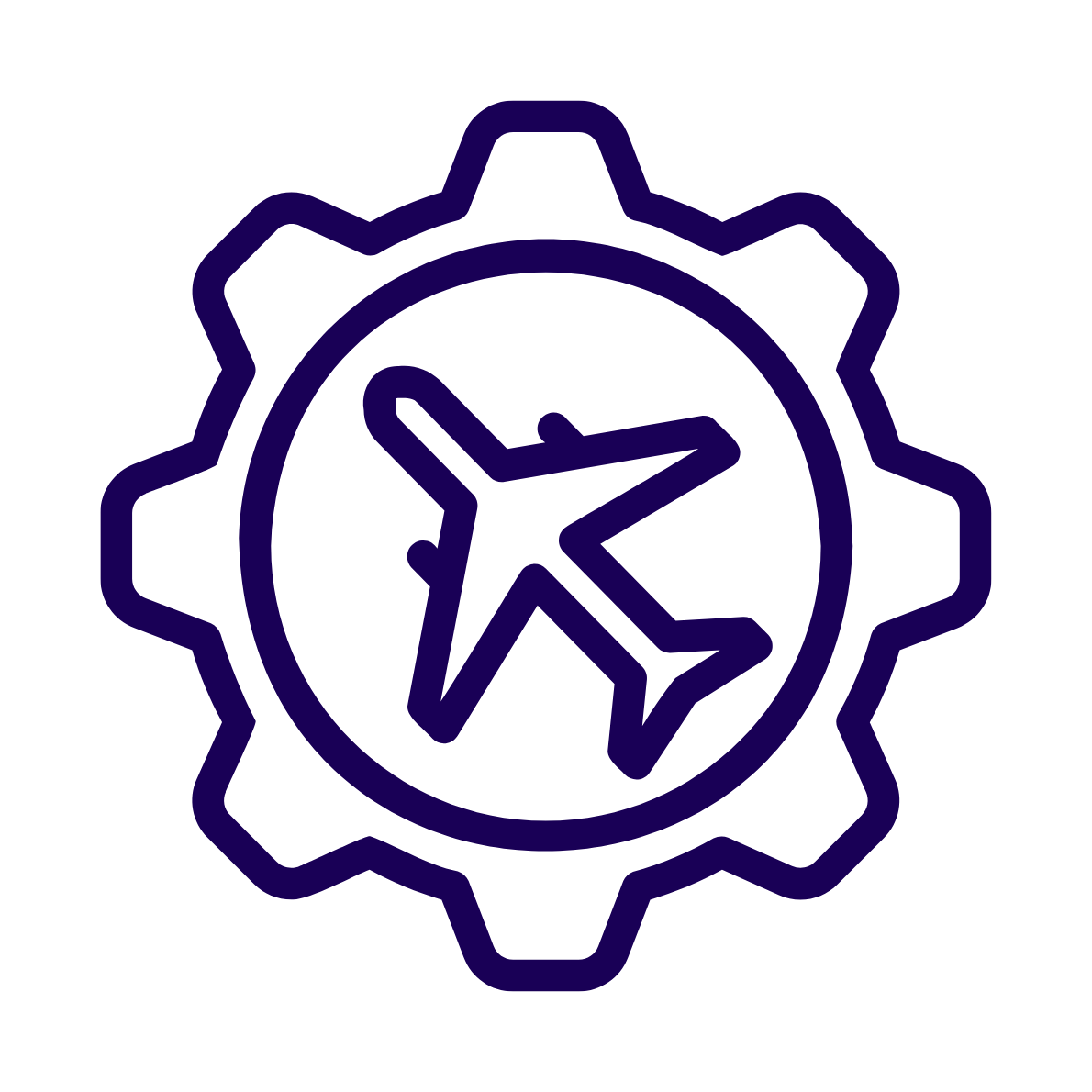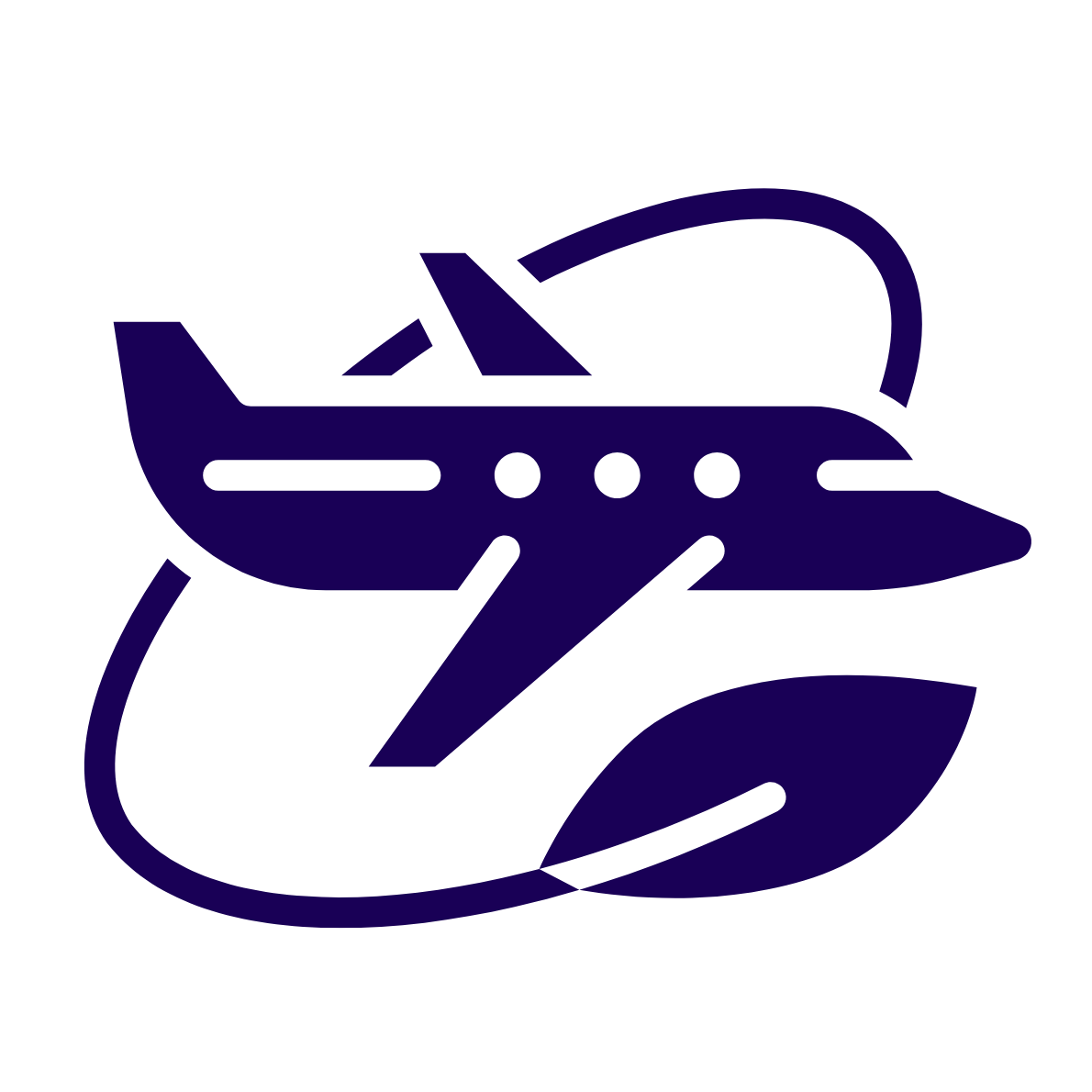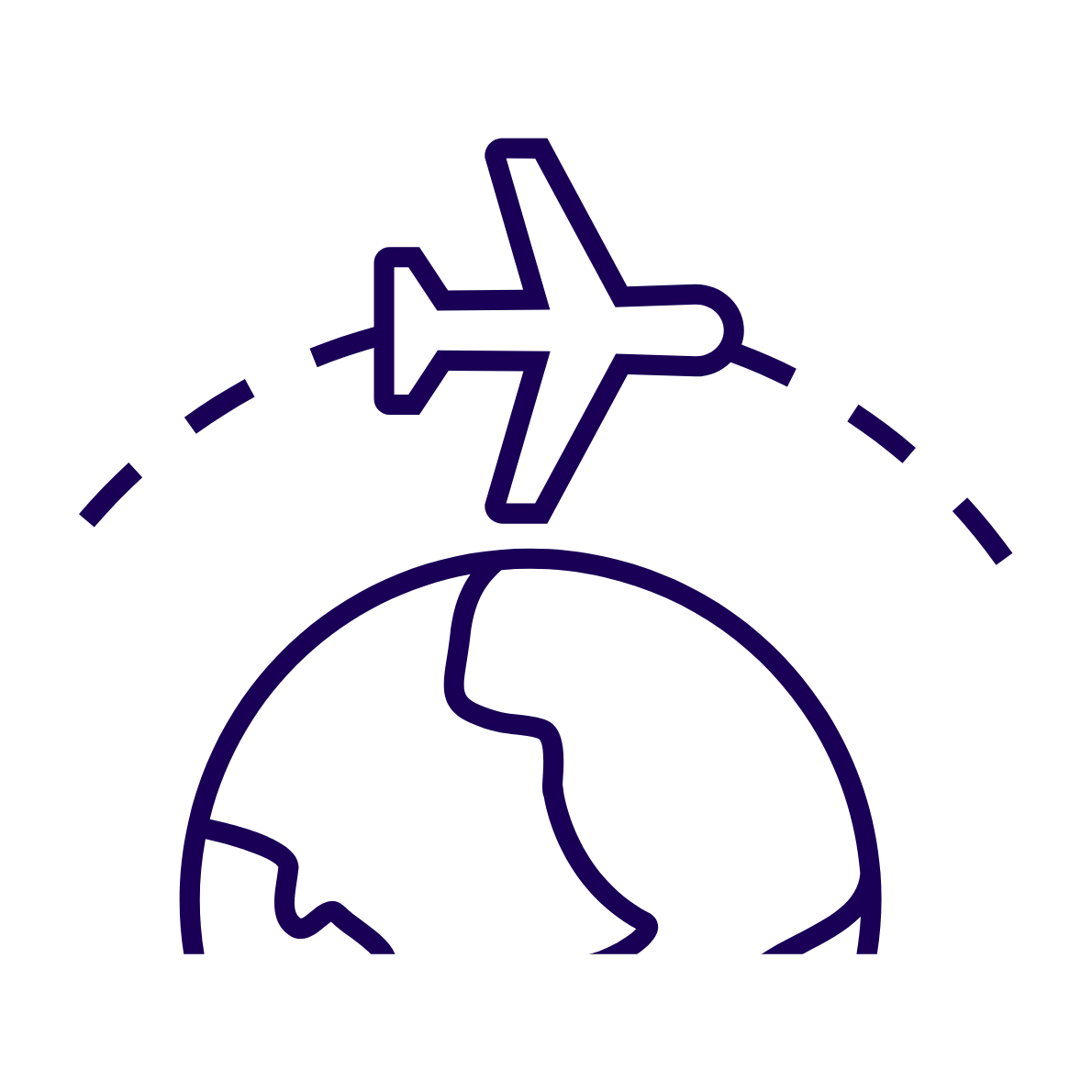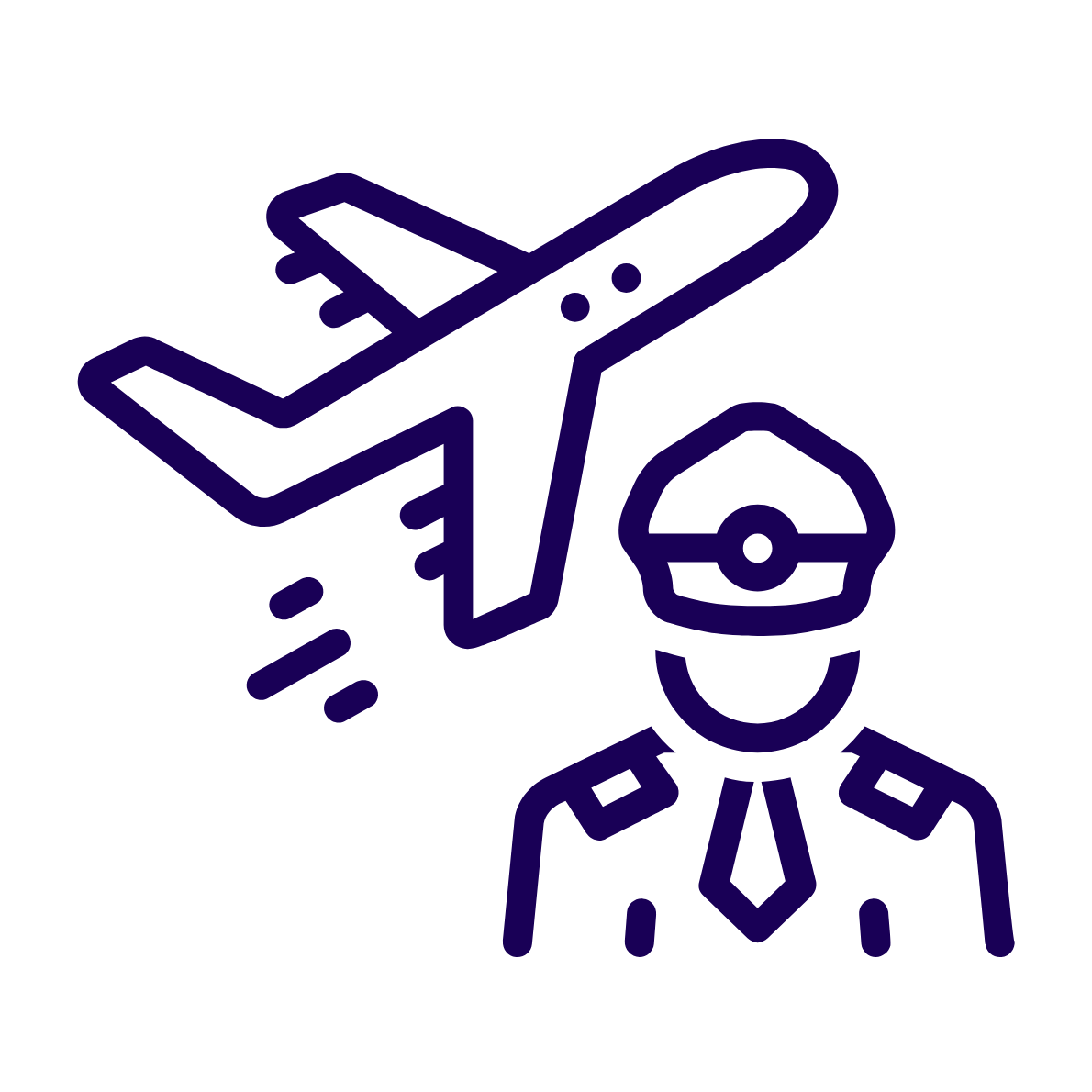

A Day in the Life of an Aviation Student: From Ground School to Flight Deck
In this article, I’ll take you inside a typical day at an aviation academy—from early morning flight briefings to simulator sessions and classroom learning. If you’re curious what life is like as a future pilot, this guide is for you.
So, what is it really like to be an aviation student? You may be imagining action-packed days full of flying—but there’s much more behind the scenes. At an aviation academy, students are trained to think, act, and perform like professionals from day one.
Let’s walk through a typical day in the life of an aviation academy student.
☀️ 6:30 AM – Pre-Flight Briefing
The day starts early, just like in the airline industry. Students gather in briefing rooms to go over weather forecasts, check NOTAMs (Notices to Airmen), review flight routes, and discuss safety procedures. They inspect the aircraft and log any findings. This is when theory turns into action.
✈️ 8:00 AM – Flight Training
It’s time to fly! Under the close supervision of a certified flight instructor, students practice takeoffs, straight-and-level flying, coordinated turns, stall recovery, landings, and even emergency maneuvers. Depending on the program, students might start with dual (instructor-assisted) flights and then transition to solo flying once qualified.
Every flight is followed by a post-flight debrief, where students receive personalized feedback and discuss areas for improvement.
📚 11:00 AM – Ground School Classes
Once the flight is complete, it's back to the classroom. Ground school covers critical subjects such as:
- Aerodynamics
- Meteorology
- Navigation
- Aviation law and regulations
- Aircraft systems
- Human factors and safety
These sessions are interactive and often involve flight planning exercises, radio communication simulations, and group activities.
🎮 1:00 PM – Simulator Session
Flight simulators are a core part of aviation training. Students get to simulate real-world flying conditions—bad weather, system failures, night flights—without leaving the ground. Simulators help refine technical skills and reinforce decision-making under pressure.
Advanced simulators replicate real cockpit environments with exact instrumentation, giving students a powerful edge before their next real-world flight.
🤝 3:00 PM – Study Groups and Self-Review
The day usually ends with a mix of independent study, group projects, and preparation for exams or licensing tests. Many students collaborate on flight planning scenarios or attend seminars with guest pilots and aviation professionals.
🛩️ What Makes It Worth It?
It’s demanding. It’s fast-paced. But every day is one step closer to your dream of flying. The experience of becoming an aviation student is not just about passing exams—it’s about developing the skills, mindset, and confidence to operate in one of the most respected and thrilling professions in the world. With each flight lesson, you learn not only the mechanics of aviation but also the importance of teamwork and adaptability in dynamic environments. The camaraderie built with fellow students and instructors becomes an invaluable part of the journey, fueling your passion and determination even in the face of challenges.
Comments

.png)
.png)






.jpg)

Reply to Comment